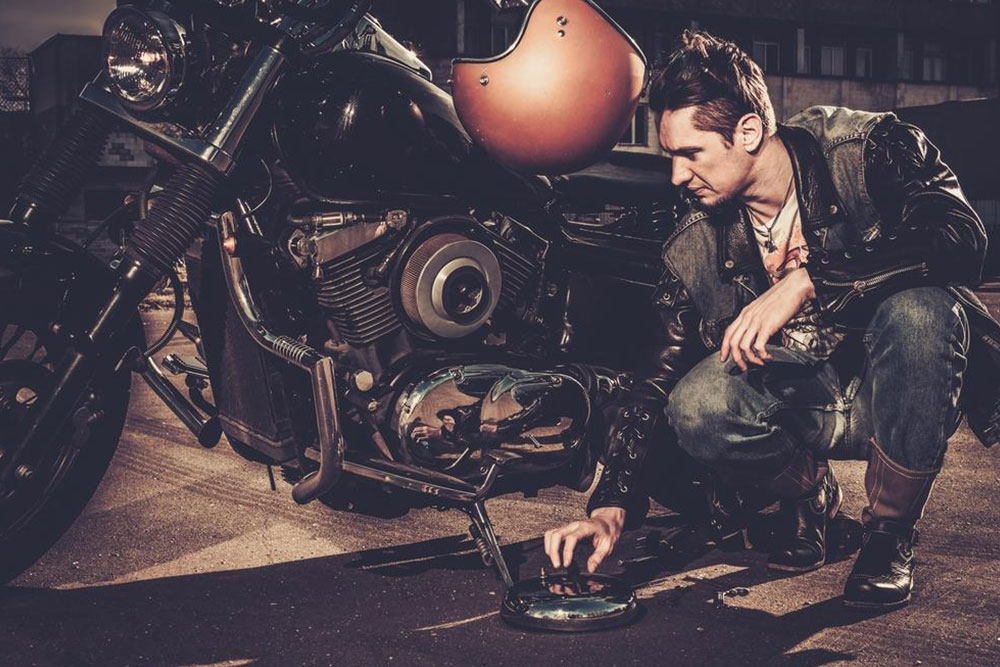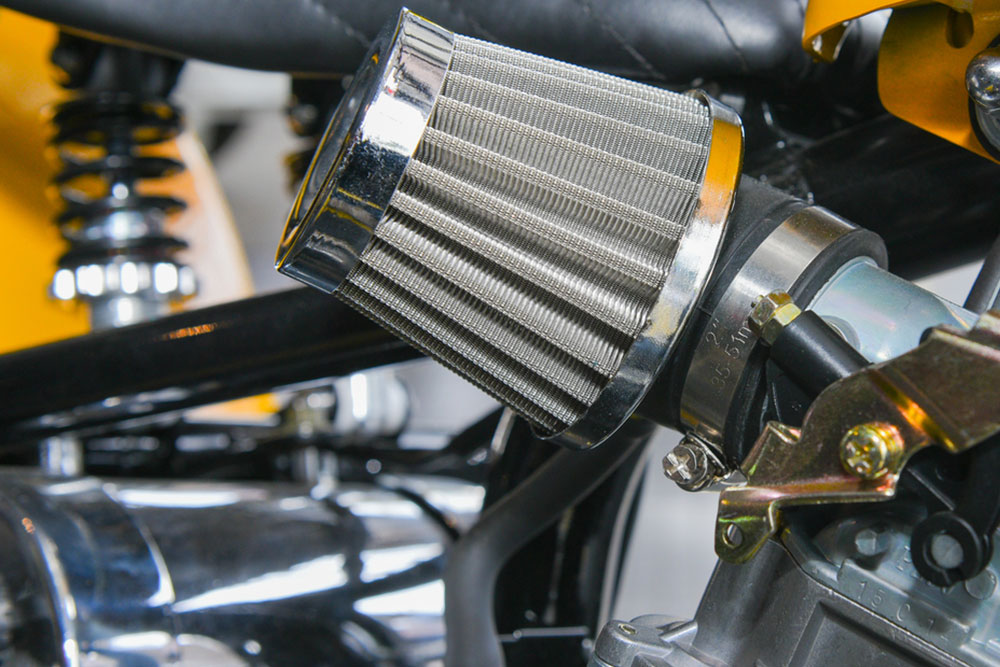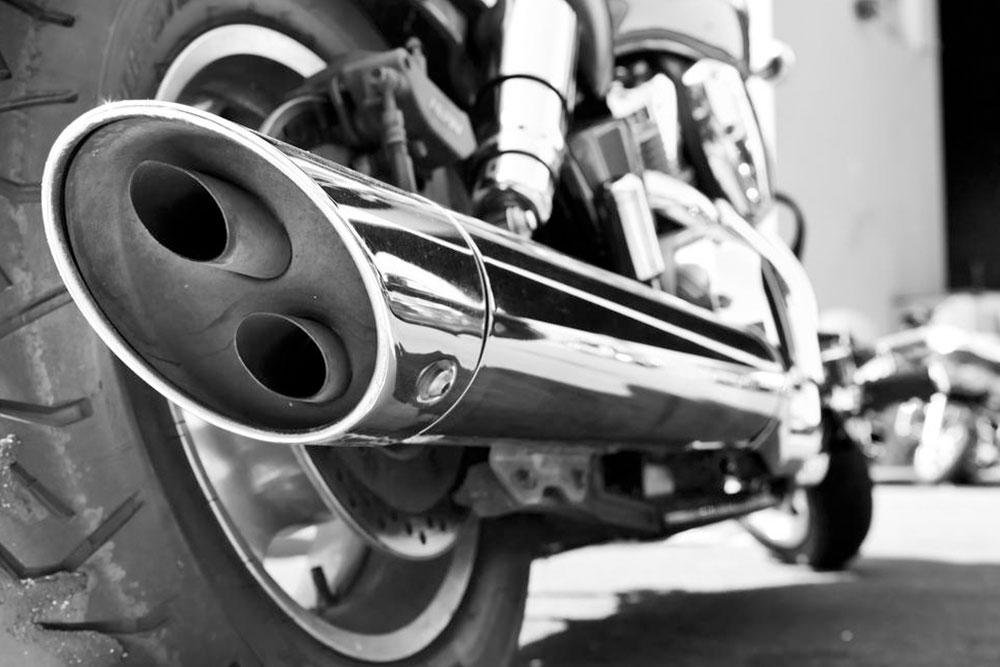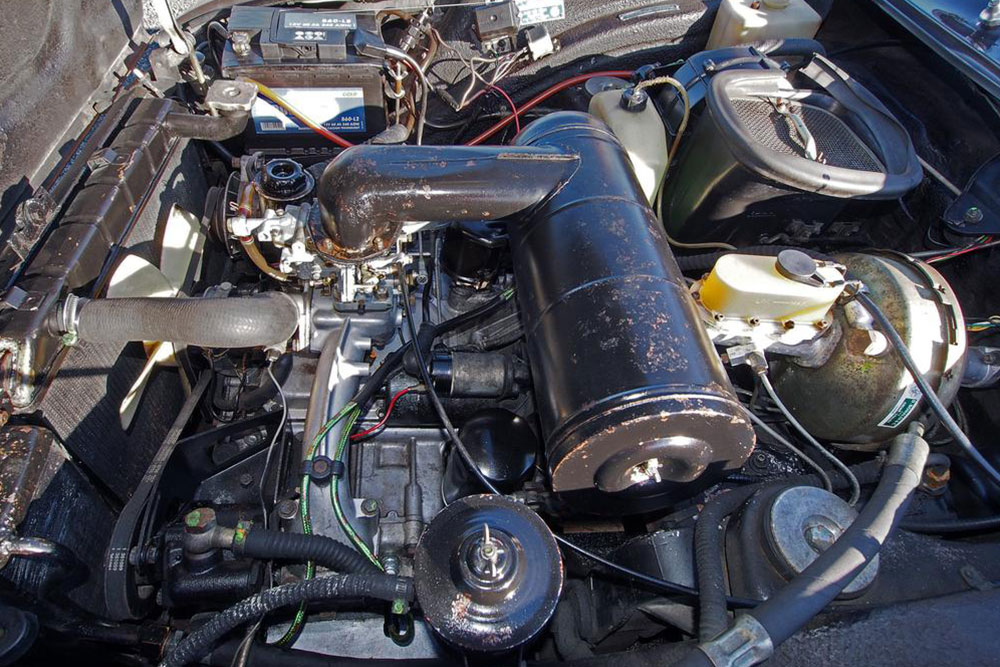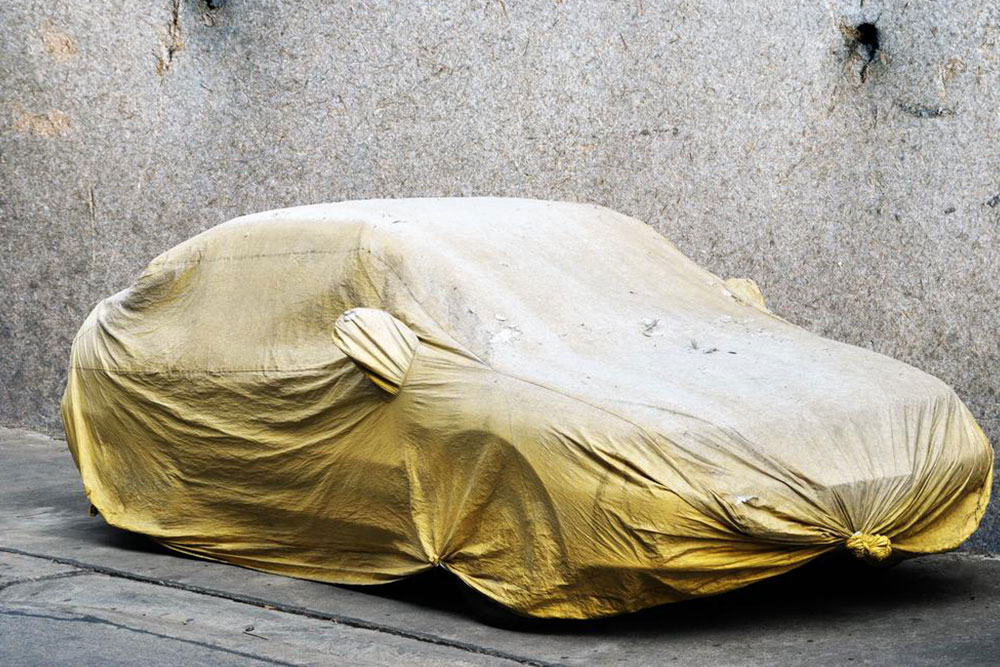Ultimate Guide to Cleaning Your Harley Davidson Motorcycle
Learn how to effectively clean your Harley Davidson motorcycle with easy tips and proper techniques. This guide covers preparation, supplies, and step-by-step instructions to keep your bike sleek and well-maintained, enhancing its appearance and performance. Save money by cleaning your motorcycle yourself while ensuring a professional-quality finish. Regular maintenance extends the lifespan of your Harley and keeps it looking impressive. Follow our expert advice to preserve your bike’s shine, prevent damage, and enjoy riding a spotless machine.
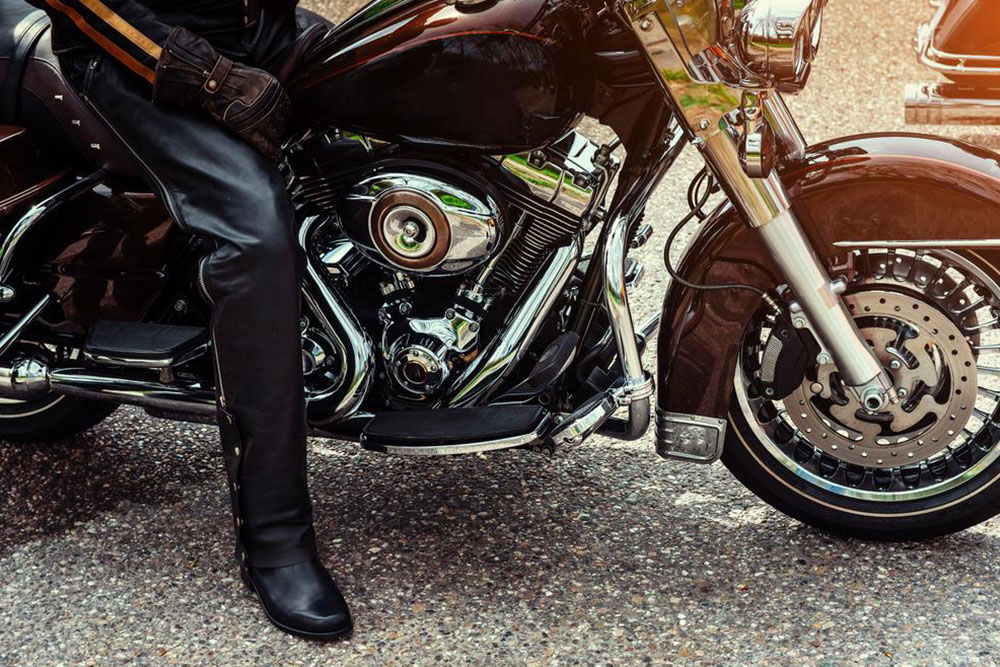
Ultimate Guide to Cleaning Your Harley Davidson Motorcycle
Maintaining your Harley Davidson's shine and performance requires regular cleaning. Doing it yourself saves money compared to professional services and ensures your bike looks its best. Follow these simple steps to keep your Harley in top condition and turn heads wherever you go.
Preparation Tips
• Park your motorcycle on a level, stable surface in a shaded area.
• Avoid direct sunlight during washing to prevent soap spots.
• Remove jewelry and accessories to prevent scratches.
• Rinse off mud and dirt with a garden hose before scrubbing.
• Use clean, soft sponges and towels free of dirt and fabric softeners.
• Opt for motorcycle-specific cleaning products over personal toiletries.
• Consult your owner’s manual to understand specific Harley parts and care instructions.
Supplies Needed
• Motorcycle cleaning agent
• Motorcycle shampoo
• Soft sponge, garden hose, and warm water bucket
• Soft-bristled brushes
• Chamois leather or terry towel
Cleaning Steps
• Spray cleaning solutions into all crevices, including wheels and engine, starting from the top downward. Use a gentle brush on greasy parts.
• Let it sit for five minutes, then rinse thoroughly with water to remove loosened dirt.
• Wash the bike with a soft sponge dipped in warm, soapy water, then rinse again.
• Dry your motorcycle using a chamois or towel to prevent water spots. A leaf blower can help remove residual moisture from tight spots.
• Observe how water behaves on your paint surface: if it beads into small droplets, waxing isn’t needed; if it forms uneven beads, consider waxing or polishing. This can be done at home or by a professional.
Note:
The information shared here covers general motorcycle maintenance tips. For the best results, refer to your Harley Davidson manual and consider professional services if unsure. We are not responsible for inaccuracies or damage caused during cleaning. Always prioritize safety and proper product use.

